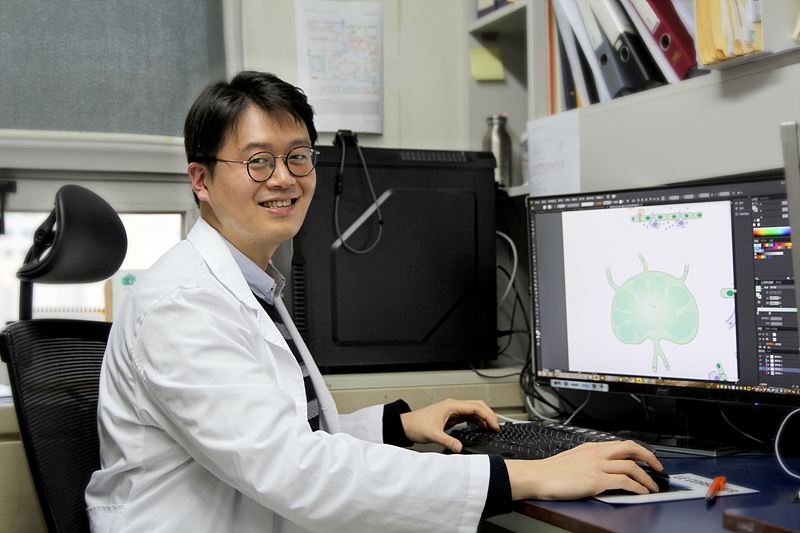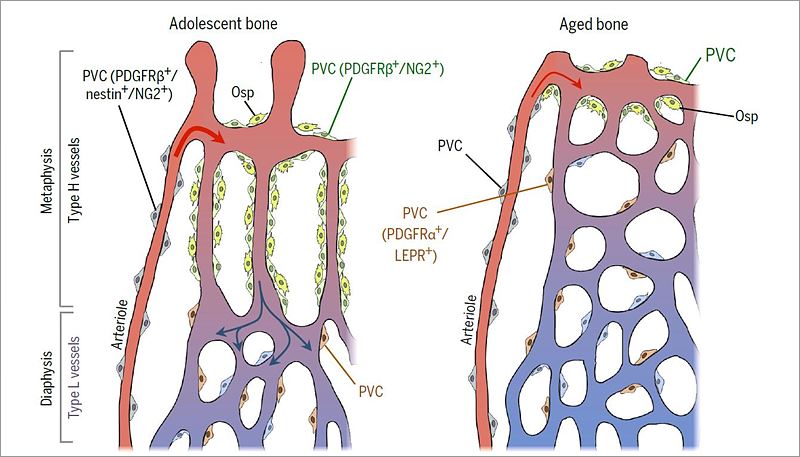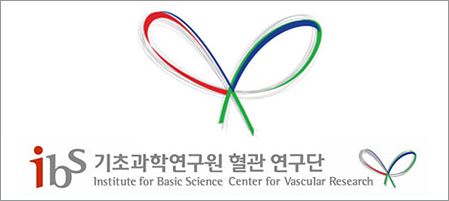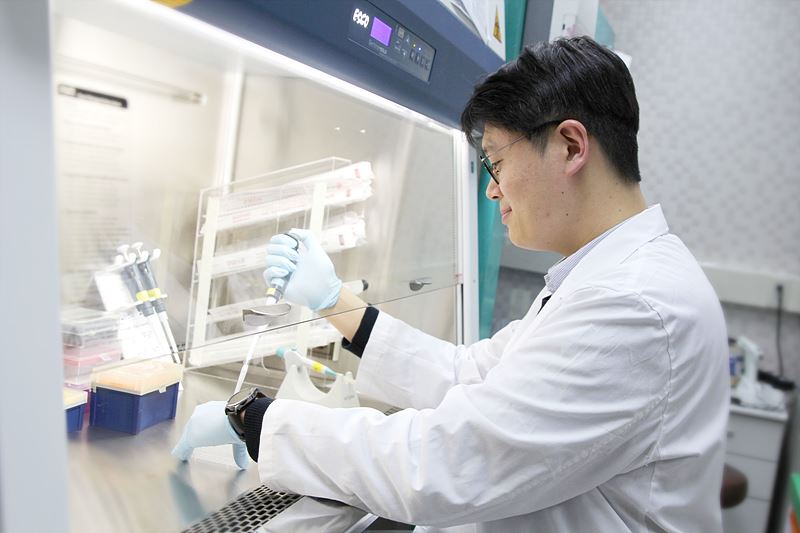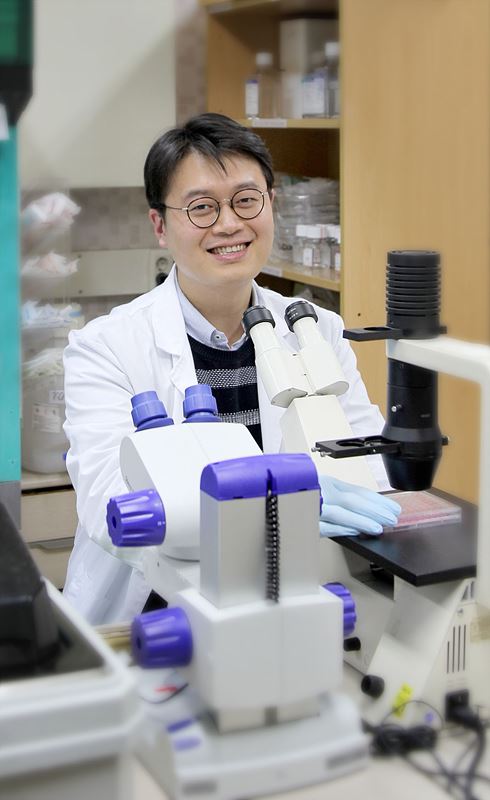주메뉴
- About IBS 연구원소개
-
Research Centers
연구단소개
- Research Outcomes
- Mathematics
- Physics
- Center for Theoretical Physics of the Universe(Particle Theory and Cosmology Group)
- Center for Theoretical Physics of the Universe(Cosmology, Gravity and Astroparticle Physics Group)
- Center for Exotic Nuclear Studies
- Center for Artificial Low Dimensional Electronic Systems
- Center for Underground Physics
- Center for Axion and Precision Physics Research
- Center for Theoretical Physics of Complex Systems
- Center for Quantum Nanoscience
- Center for Van der Waals Quantum Solids
- Chemistry
- Life Sciences
- Earth Science
- Interdisciplinary
- Institutes
- Korea Virus Research Institute
- News Center 뉴스 센터
- Career 인재초빙
- Living in Korea IBS School-UST
- IBS School 윤리경영


주메뉴
- About IBS
-
Research Centers
- Research Outcomes
- Mathematics
- Physics
- Center for Theoretical Physics of the Universe(Particle Theory and Cosmology Group)
- Center for Theoretical Physics of the Universe(Cosmology, Gravity and Astroparticle Physics Group)
- Center for Exotic Nuclear Studies
- Center for Artificial Low Dimensional Electronic Systems
- Center for Underground Physics
- Center for Axion and Precision Physics Research
- Center for Theoretical Physics of Complex Systems
- Center for Quantum Nanoscience
- Center for Van der Waals Quantum Solids
- Chemistry
- Life Sciences
- Earth Science
- Interdisciplinary
- Institutes
- Korea Virus Research Institute
- News Center
- Career
- Living in Korea
- IBS School
News Center
| Title | A researcher with the heart of a scientist and soul of an artist | ||||
|---|---|---|---|---|---|
| Name | Communications Team | Registration Date | 2018-01-22 | Hits | 4996 |
| att. |
 thumb.jpg
thumb.jpg
|
||||
A researcher with the heart of a scientist and soul of an artist- Researcher LEE Choong-kun of the Center for Vascular Research - A leading academic journal, Science, published a special review paper last August introducing the beauty of vasculatures. Director of the Center for Vascular Research KOH Gou Young analyzed around 500 papers published within the past 10 years which were authored by international scientists and sorted the properties of vasculatures by organ. Colorful pictures and a series of illustrations are an integral part of the paper. Stunning images worked to highlight what vasculatures are and their unique functions, including five types of the vessel and different structures of them in organs. Without the visual aid, understanding capillaries would have been more difficult. I had to ask: Who was it that created these images? The question led me to meet LEE Choong-kun, a researcher at the Center for Vascular Research, who also is skilled at creating scientific illustrations. Illustrations made with time, effort, and loveA medicine major handy with vector graphics and illustration software seems unlikely. For researcher Lee, it’s not the case. Art always intrigued him and he often go out to take photos. “My father is an industrial design professor. And that has something to do with my interest in design. To name a few memorable experiences, I designed T-shirts for my high school class and during college, made posters for campus and club events. When I was in a band, I came up with a logo for a guitar company. They still use that logo I drafted. I am the creator of the logo for our Center as well,” Lee reminisced. After joining IBS, he expanded his horizon and started working on scientific images. During his days conducting clinical research in a hospital, he used tables and graphs to show patients’ data. Now as he is digging into basic science research, he gained a newfound appreciation for visual aids. Molecular interactions, complex mechanism of life phenomena, and experimental processes can be best explained when using images. “A schematic figure that gives an overview of a research paper inspired me to create my own illustrations. Lab meetings and seminars go better when you have a helpful visual aid to present your thoughts. Images are useful also when I introduce my research. As people say, “A picture is worth a thousand words.” My illustrations allow me to convey messages clearly,” said Lee.
His computer is not just for research but also for artistic creation. What’s surprising is that he hasn’t undergone formal training of the illustration program. Everything he knows about the software is self-taught. “I just clicked icons to figure out what I can do with the program. The program wasn’t completely foreign to me because my brother is an architecture major who runs such program all the time and it helped,” explained Lee. Here’s a fun fact about his work. He uses nothing more than a keyboard and mouse to produce all drawings. The researcher moves a computer mouse to depict movements of multi-shaped cells, curves of capillaries, and microenvironments of cells. Even when he is busy with research, he makes time for illustration. For accurate depictions, he reads relevant books and papers. As visual aids play a significant role in the public understanding basic science research papers and science magazines, he feels a great sense of responsibility. “I am not professionally trained, but am working to illustrate research using the program. It’s not easy creating quality drawings with an ordinary mouse. For further improvement, I put aside some time to learn more about painting. It will take a while, but it’ll be all worth it as it helps me widen my understanding of other research areas,” said Lee.
A high school student’s dream to cure cancerResearcher Lee studies cancer. He first grew interest in the molecular biology of cancer when he was preparing for a biology competition in high school. Wanting to learn more on the field while serving patients, he entered medical school and continued his study by researching at a oncology lab. During his medical school years, he went on an exchange program to Baylor University in Texas and visited MD Anderson Cancer Center through a specialized program. He said he even had a piece of paper taped on a wall which said: “Conquer Cancer” when in residency training. His past experiences all point to his single-minded dedication to studying and fighting cancer. Later in his career, he chose to specialize in medical oncology and had first-hand experience of chemotherapy, metastasis, and relapse. What he saw led him to fundamental questions such as: What cause cancer? Or what are some of distinctive features of cancer and its microenvironments? Even state-of-the-art chemotherapies, including clinical trials on new drugs, failed to cure cancer. All the therapies can do is giving late-stage cancer patients few more months. Faced with devastation, he turned to the biological properties of cancer and its microenvironments to come up with solutions to the root causes of cancer. The researcher won the Cancer Academic Award by the Korean Cancer Association for his paper “Cumulative Metformin Use and Its Impact on Survival in Gastric Cancer Patients after Gastrectomy” published in Annals of Surgery, a prestigious surgery journal.
After completing his internal medicine residency in oncology in 2015, he entered the IBS Center for Vascular Research. The fact that he can engage in an in-depth study of cancer microenvironments and interconnection between cancer cells and new blood vessels was what drove him to join the Center. He worked at both a swamped hospital where he sees patients all day and a basic research Center at a campus. The wide range of experience taught him the importance of strong fundamentals. “In addition to studying basic and clinical research, I look into transitional research and am setting my own standards. One thing I’ve learned is that a well-established experimental plan can take you a long way, not just in the world of clinical research, but also in basic science research. I am catching up with what has to be taken into account on a macroscopic scale and details I shouldn’t miss,” said Lee. Time sent at IBS, soon to be the bedrock of a better futureHe heads into the third year of his research and has one more year at IBS. His return to Severance Hospital is schedule for March 2019. “From the day I got into medical school, I haven’t stopped to rest for these 11 years. With emergencies popping up again and again, a moment of calmness was a luxury at a hospital. At the Center, however, I could stay a bit more relaxed, immersing myself in research. Of courses both places push you to be better, but the kinds of stress you are under are slightly different. Time at the Center changed my daily pattern and mentality.”
The cancer specialist is conducting research on tumor lymph node metastasis. No other member of the Center is a cancer specialist, but he is grateful to work with researchers with various expertise. Because specialists from diverse fields are at the Center, they can exchange know-how and details of experiments and develop an idea into a tangible result through extensive discussion when something doesn’t work out in an experiment, or they have some questions. Another significant perk is that he can carry out joint research in collaboration with experts. “A perfect trinity of excellent infrastructure, co-workers, and ample support made the Center one of the most research friendly environments. I will miss the lively campus of KAIST, everyone here at the Center, and the open environment for exciting experiments and discussions,” said Lee. Persistent pursuit of a dream made him who he is today. “IBS taught me how to properly do research. I learned how to approach a certain topic, make a plan, and design experiments. The experience will help me work as an independent researcher. Taking victory in the fight against cancer might seem far-fetched. It is, however, what keeps me going and navigating the right path. To win the fight, I have to find what road to take and how to walk the road. Now I am laying the groundwork for my dream. Building on the strong foundation, I will conquer cancer,” said Lee. GO Eun Kyeong |
|||||
| Next | |
|---|---|
| before |
- Content Manager
- Public Relations Team : Suh, William Insang 042-878-8137
- Last Update 2023-11-28 14:20










